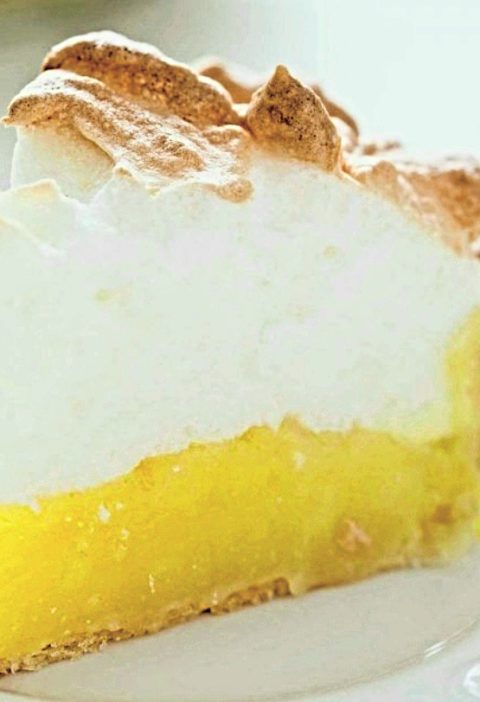When I think of the biggest events in my life, pizza is usually in the picture. My first Valentine’s Day with the man who would become my husband was spent eating pepperoni pizza and laughing through a movie on the living room floor in my tiny home. Our honeymoon – a cruise to Mexico – found us at the pizza bar with large slices of goat cheese and basil more often than any other place on the ship. Saying we love pizza is putting it mildly so, when our favorite pizza shop closed its doors a few years ago, I decided to try my hand at recreating that savory, crisp, brick oven-baked pie.
I went to work that morning gleefully imagining myself in my kitchen tossing a wonderfully thin round of dough in the air while a pot of sauce filled the air with the aroma of tomatoes and spice. That afternoon, I hurried through the aisles of my local market grabbing the necessary ingredients: ripe tomatoes, crisp basil, flour, and fresh mozzarella. I could already see myself sitting at the table with my family, the glorious masterpiece taking center stage, while my husband proclaimed it was the best he’d ever tasted!
Two hours later, my face coated in flour like a street mime, I was watching a sad mass of goo ooze its way into the trash. I would like to tell you that it’s the taste that counts, but this thing looked – and tasted – like raw biscuits mixed with burned tomato gravy. At that moment, another even sadder round of dough chose to drop from my ceiling, sending up a small dust storm from the flour dunes I’d somehow managed to create all over the floor.
Later that evening, as I sat eating a bowl of canned soup, I made up my mind that I was going to master pizza making or die trying. The first thing I needed to fix was that crust. How do you fix crust? You start with the main ingredient…THE FLOUR!
Flour is an integral part of baking and, as with anything else, you should begin with the basics. Flour protein is what provides the structure for baked goods and different flours provide different levels of structure.
Most of us know all-purpose flour. You can find it on the baking aisle of every store. If your recipe just calls for flour, then all-purpose (AP) is usually what it means. AP flour comes in two main varieties – bleached and unbleached.
Cake flour has one of the lowest protein contents and produces less gluten than most other flours. This is what results in the soft tender crumb of cakes that we love so much. You can also use it for other items, like muffins and scones, as it will absorb more liquid than other flours, which helps to keep your products moist.
Pastry flour is similar to cake flour and is used for products such as tart shells. While you can find AP and cake flour at most grocers, pastry flour is something that many bakers produce themselves. Just mix 1 1/3 cups AP flour with 2/3 cup cake flour and there you go!
Bread flour is the strongest of all of the flour and creates the gluten that is necessary for crispy, chewy bread. If you’ve ever seen a movie where the main character is carrying a bag of groceries with that lovely crisp baguette standing tall in the bag – that’s bread flour.
Self-rising flour has baking powder and salt already added. While it can be used for things like pancakes, biscuits, and some cakes, it is not the most desirable as you cannot control the amount of salt or baking powder that is in the product. In addition, you have to keep it tightly closed as the baking powder, over time, will lose some of its potency. Most bakers prefer to use other flours and add the baking powder and salt as their recipes require. If you come across a recipe that calls for self-rising flour, you can make it yourself by combining 1 cup pastry flour with 1 1/2 teaspoons baking powder and 1/4 teaspoon salt.
Whole Wheat flour is high in protein, giving good structure, but doesn’t produce as much gluten as other flours. This results in a heavier, more dense, bread product. It is also shorter-lasting and can be stored for up to three months in a cool environment before it is necessary to put in the freezer.
The last of the well-known flours we will cover are gluten-free. These are usually made from nuts, starches, and grains such as almonds and oats. They are good for producing a wide range of bread and other treats.
There are many other flours available as well: apple, sweet potato, kabocha (Japanese pumpkin), squash, banana, carrot, broccoli, pumpkin, oat, yam, kale, cassava, mango, beet, split pea, cacao, red lentil, spinach, rice, etc. Keep in mind that some of these are only used as a substitute for a portion of the flour requirements in your recipe, not as a complete replacement. Be sure to carefully read your recipe and do your research when using these types of flour. They give a wonderful texture and taste to your product when used and are worth experimenting with every chance you have! Check out www.hearthyfoods.com/collections/flours and explore a variety of different flours available for your use.
You can also visit sites such as https://foodandnutrition.org/summer-2012/flour-power-learn-different-kinds-flours/, https://www.cheatsheet.com/health-fitness/9-types-of-flour-what-they-are-and-how-to-use-them.html/, and https://www.restlesschipotle.com/types-of-flour/ to learn more about flour and how it works in the baking process.
That brings us back to one of my favorite flours and the solution to the dismal pizza mentioned above – semolina. Semolina is coarse, purified wheat middlings. It’s mainly found in things like pasta and couscous but is also used to make a toothsome crust for pizzas. After a lot of research and quite a bit of trial and error, I finally found the right combination…a lean dough made from AP flour, yeast, salt, and water, rolled out on a light dusting of semolina produced just the right amount of crisp, chew, and structure needed for a fantastic Margherita pizza.
The wonderful world of flour is more vast and varied than you can imagine. Combinations are both endless and delightful, so go out and explore today and see what you can create!





